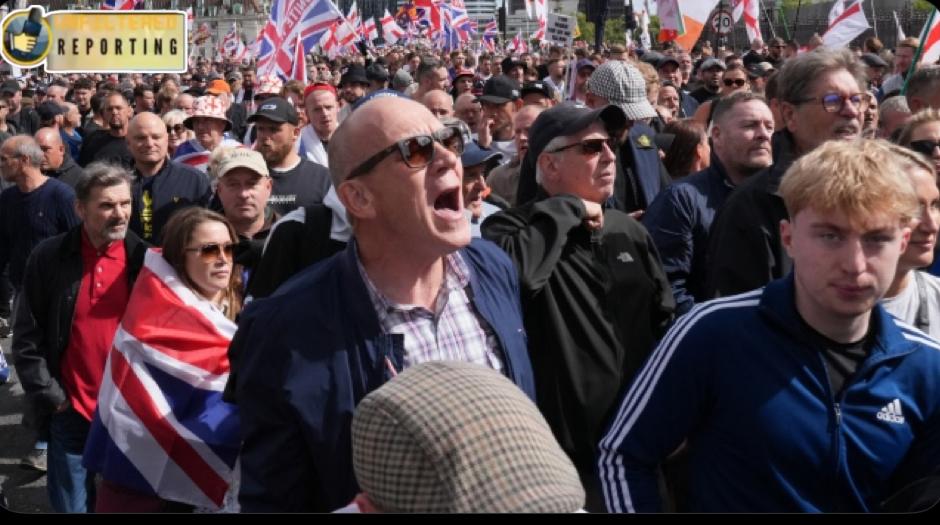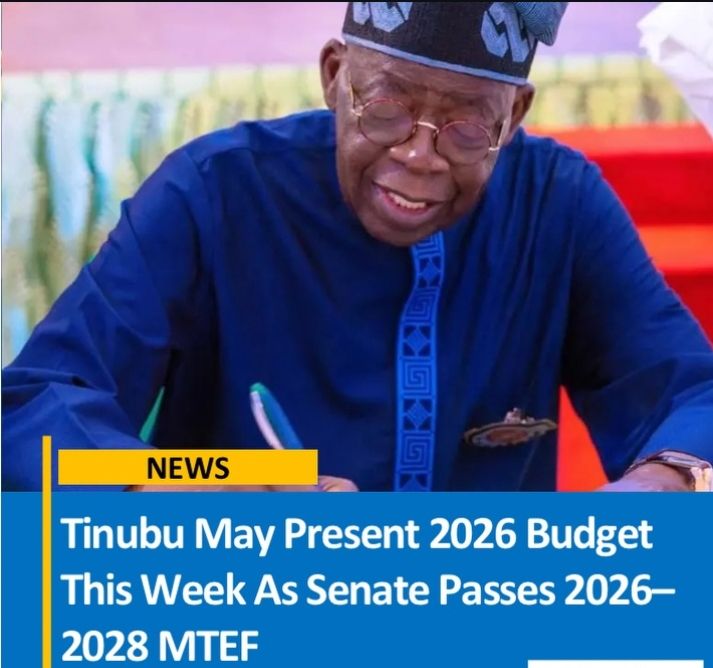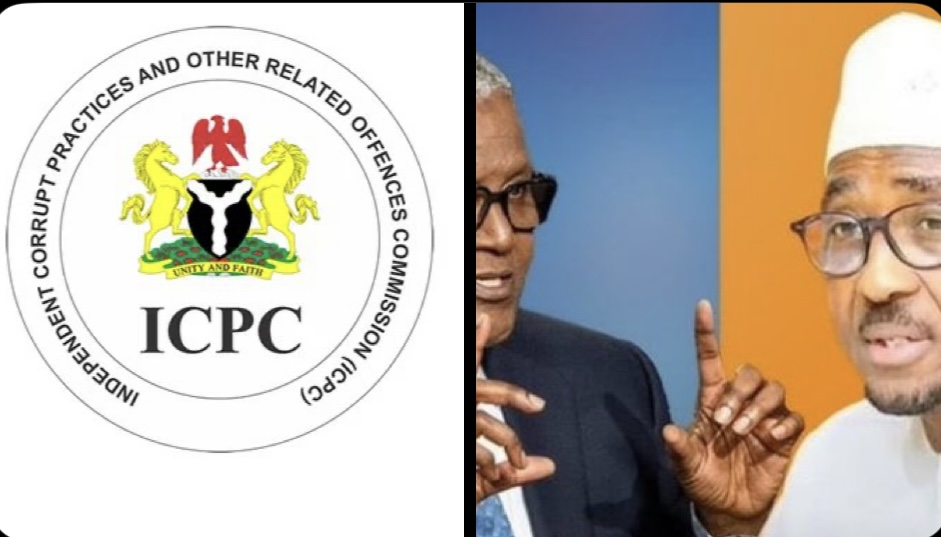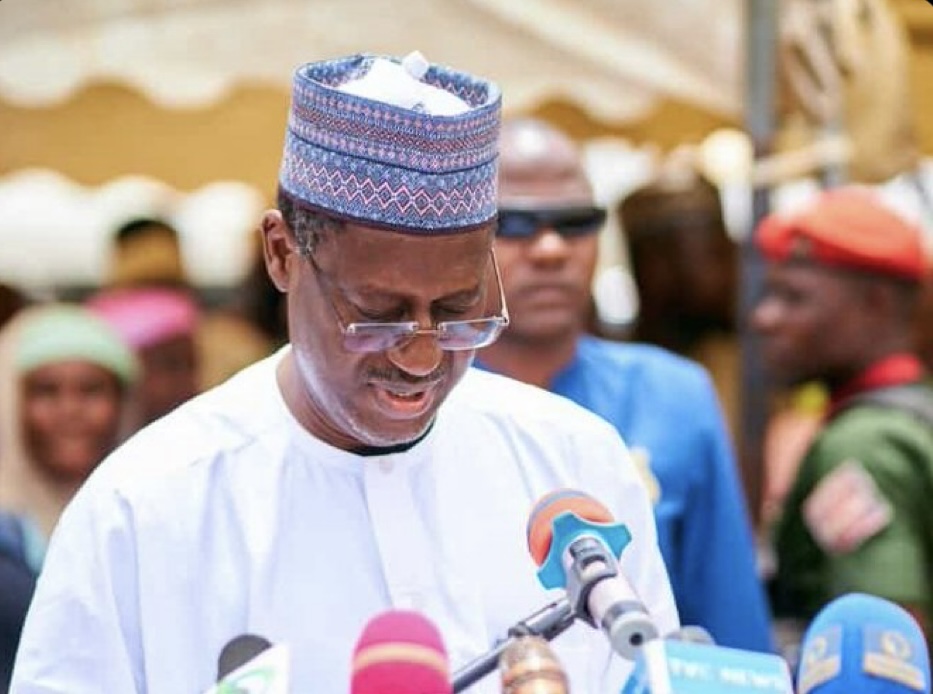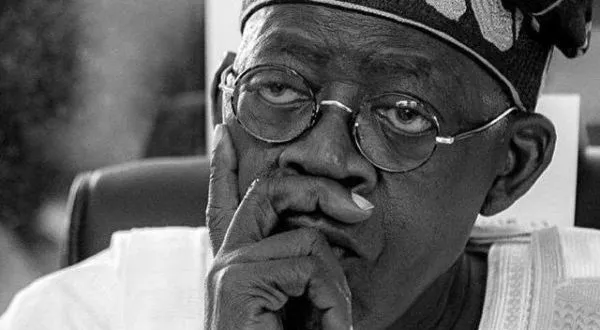London witnessed one of the largest far-right gatherings in recent history on Saturday as more than 110,000 people converged on the capital for a rally organised by controversial activist Tommy Robinson. The event, staged under the slogan “Unite the Kingdom,” drew huge crowds carrying Union Jacks and St George’s flags, while anti-racism groups staged counter-demonstrations across the city. The Metropolitan Police, which deployed thousands of officers supported by helicopters, drones, and mounted units, confirmed the scale of the turnout, placing the main march at over 110,000 participants. In contrast, an estimated 5,000 counter-protesters joined the “March Against Fascism” organised by Stand Up To Racism and allied groups. Authorities maintained strict separation between the two camps, erecting barriers and escorting groups along different routes to prevent direct confrontation. Robinson and other speakers at the rally framed the march as a stand for free speech, sovereignty, and national identity. Their speeches centred on opposition to immigration and government policies, tapping into themes that have increasingly fuelled far-right mobilisation in the UK. The rally also attracted foreign figures and commentators, highlighting the international networks linked to the far-right movement. Though the event began in an orderly manner, tension mounted near Whitehall and Parliament Square as some groups tried to breach police lines. Officers reported being assaulted, with bottles and objects thrown, forcing riot police and public order units to intervene. Several arrests were made, though the Met has yet to confirm final numbers. Authorities described the operation as “challenging” but insisted the deployment successfully prevented major clashes between opposing sides. Counter-protesters, meanwhile, marched peacefully with placards and chants denouncing hate and extremism. Organisers of the anti-racism march stressed the importance of visibly rejecting far-right politics, calling for unity across diverse communities. Many families and young people joined the demonstration, which proceeded without major disruption. Throughout the day, central London faced widespread traffic diversions and public transport delays as large sections of roads were sealed off. Aerial footage from helicopters showed vast crowds filling streets leading to Westminster, while reporters described a tense atmosphere marked by intermittent scuffles and loud confrontations with police. The rally has already drawn sharp political reactions. Critics warned that the size of the turnout reflects a growing challenge posed by far-right groups, urging government leaders to address the underlying grievances driving such mobilisation. Supporters of the march, however, celebrated it as a landmark show of strength, calling it evidence of public dissatisfaction with immigration and cultural change. The Metropolitan Police said it would review its handling of the rally in the coming days while continuing investigations into incidents of violence and disorder. The scale of the event has placed renewed focus on the rise of far-right movements in Britain and the tensions they continue to generate in public life.
